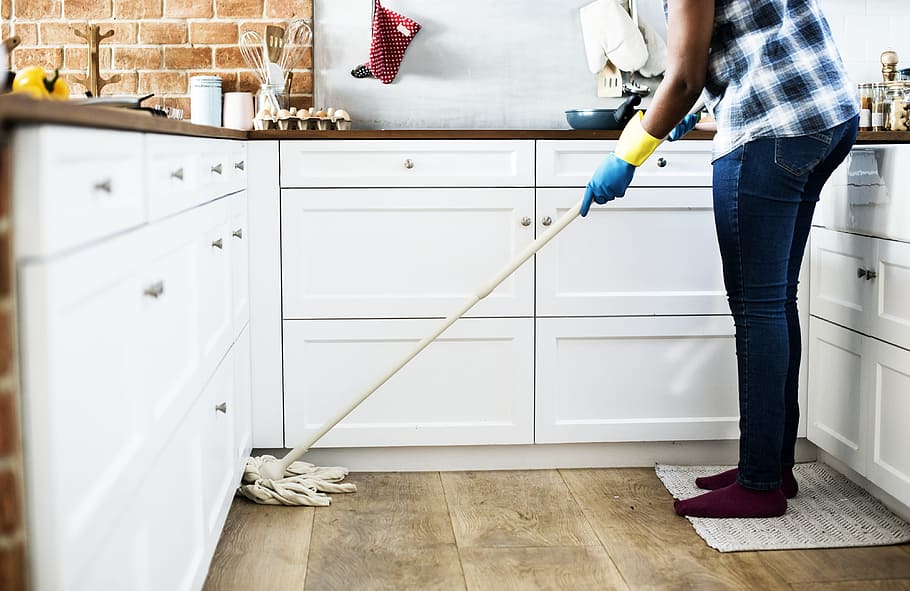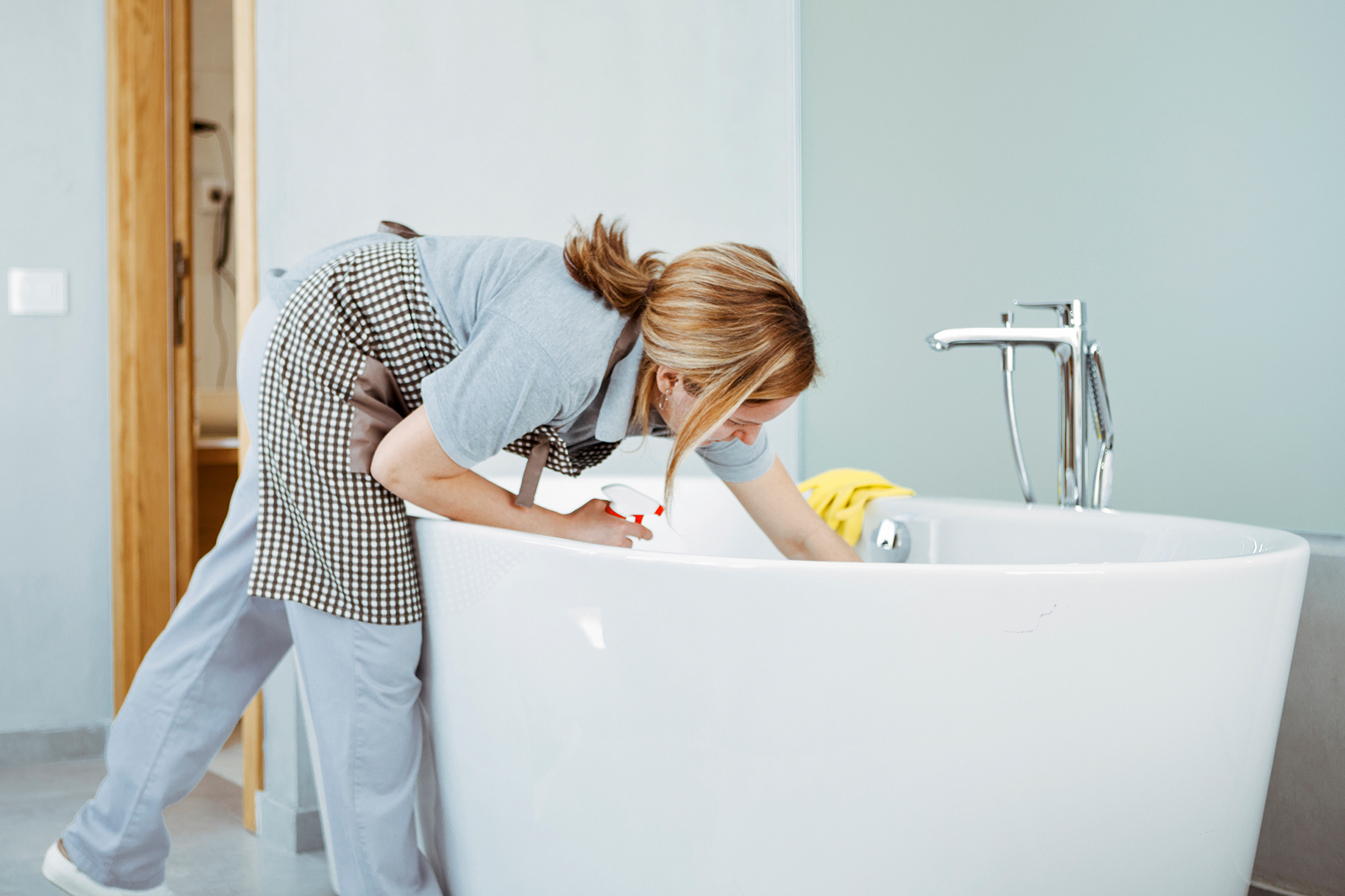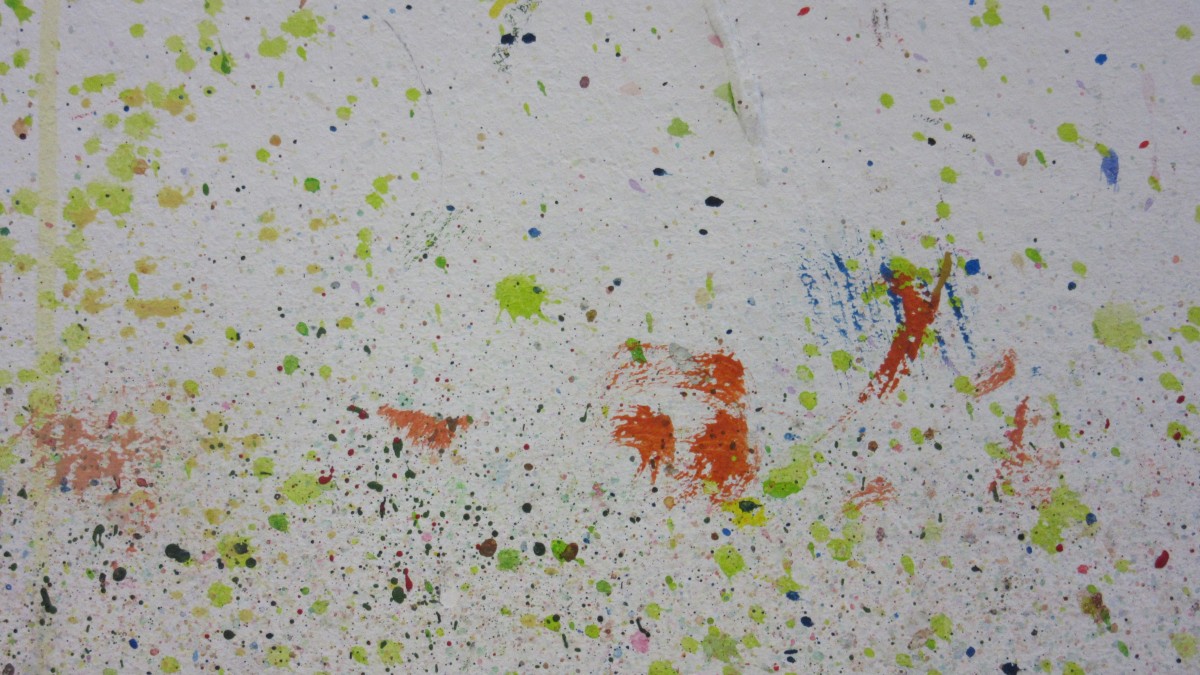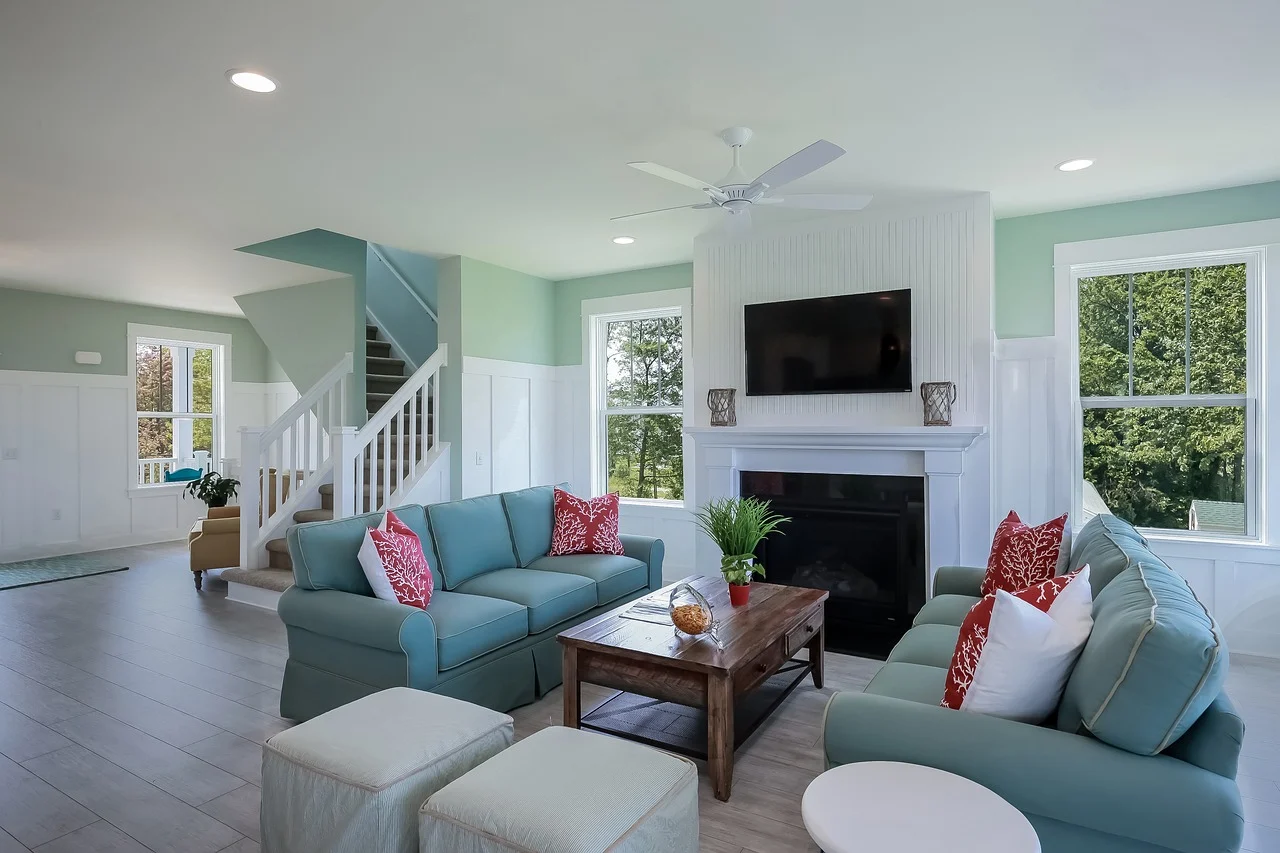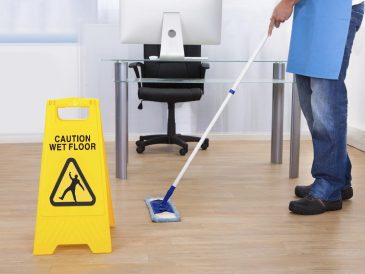Having a tiled floor is synonymous with luxury and adds aesthetic value. However, it is important to note that tiling can be dangerous. Indeed, its smooth surface can cause dangerous slips, especially when it is wet. There are many solutions, but the concern is to find one that will not affect the condition of the floor.
Improving tile adhesion
1. Cleaning

There are simple tips to reduce the risk of slipping on tiled floors. Cleaning is one of them. Here, the process consists of cleaning the surface well and then drying it with a very absorbent broom. This is an effective procedure; the only hitch is that the operation must be done often.
2. Anti-slip products
Anti-slip products are applied to the tiles to limit the risk of slipping. These products are often presented in resin, paint, or spray. They are applied directly to the floor surface and have more or less permanent effects, depending on the product used. They are invisible and ensure that the aesthetic design is not altered.
3. The disadvantages of anti-slip products
Although they are undeniably effective, these products do not only positively affect tiles. The chemical components they contain, especially hydrofluoric acid, are extremely corrosive. In the long term, the effects will be seen and felt through the wear and tear of the tile or treated surfaces.
Alternatives to consider
Adding a coating
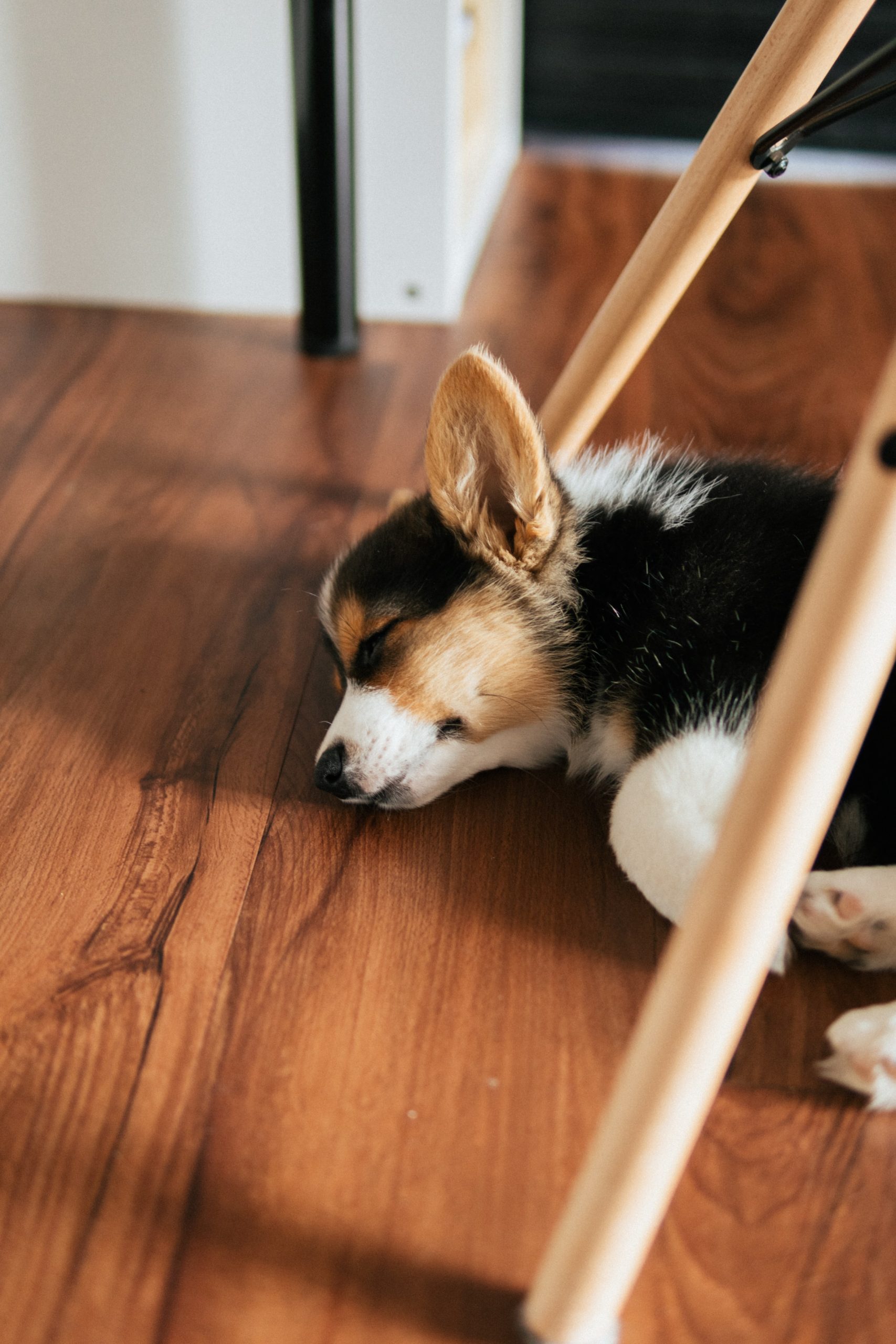
Installing a coating seems to be a good option if you want to ensure your safety and preserve the condition of your tiles. The first option is to use anti-slip mats; simple and effective limits direct contact with the tiled floor. You can also use adhesive coatings that cover the entire tile floor. This system is very effective, except that it affects the aesthetics by covering part of the floor.
Using other materials
Slip hazard concerns can be addressed by choosing another type of tile. Non-slip tiles are specially treated to provide a good grip even when wet. Unlike normal tiles, its surface has been deliberately modified to prevent moisture from remaining on it.
You can also opt for the installation of gratings in bathrooms, where the risk of slipping is very important. Practical and reliable, it is the perfect structure for environments frequently exposed to moisture.
Composite materials
Composite materials are an alternative if you want a resistant and safe covering. Their composition allows them to resist all types of aggression, including humidity. They are effectively rot-proof and can be adapted to various installations.
Various composite materials are available to shape the floor covering, such as tiles. Other materials such as gratings are also available. In addition to interior flooring, composite can be used to form structures such as stairs or decking. They also have the particularity of being able to limit the risks of slipping even when wet.
Choosing the right treatment
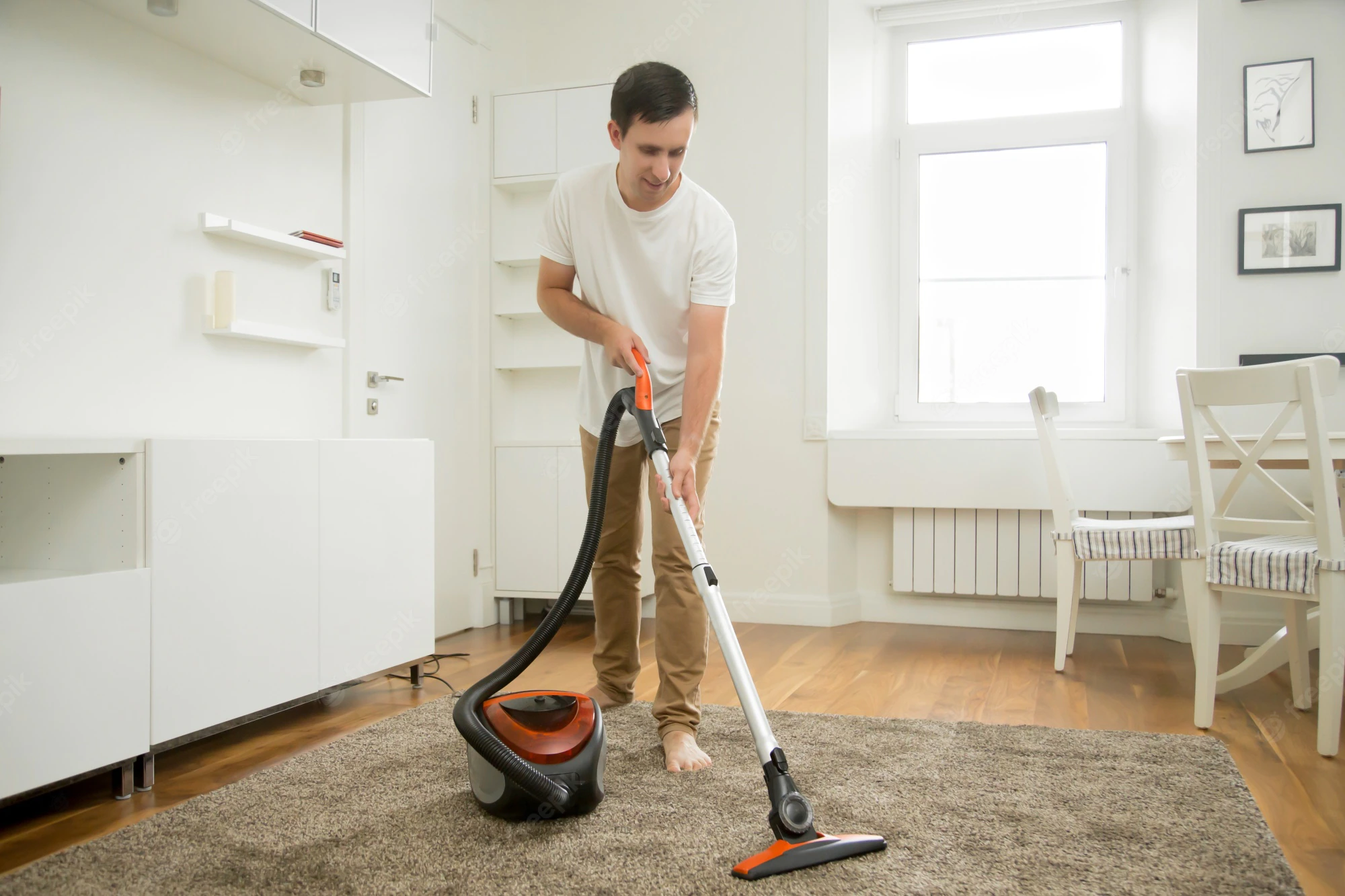
We can say that anti-slip products are a good option, with a few conditions. There is no doubt about their effectiveness, but some moderation is required to avoid damaging the tiles. At the same time, non-slip flooring or mats can be installed, but in this case, the aesthetic appearance takes a back seat to safety precautions.
It is also possible to opt for a more radical choice by choosing materials other than conventional tiles. The choice will ultimately depend on the user. However, it must always be kept in mind that safety must come first. Indeed, material damage can be repaired at any time, while accidents are likely to cause irreversible physical damage.
Sound off in the comments section below and tell us what you want to read next and if you want to read more about cleaning tiles.

